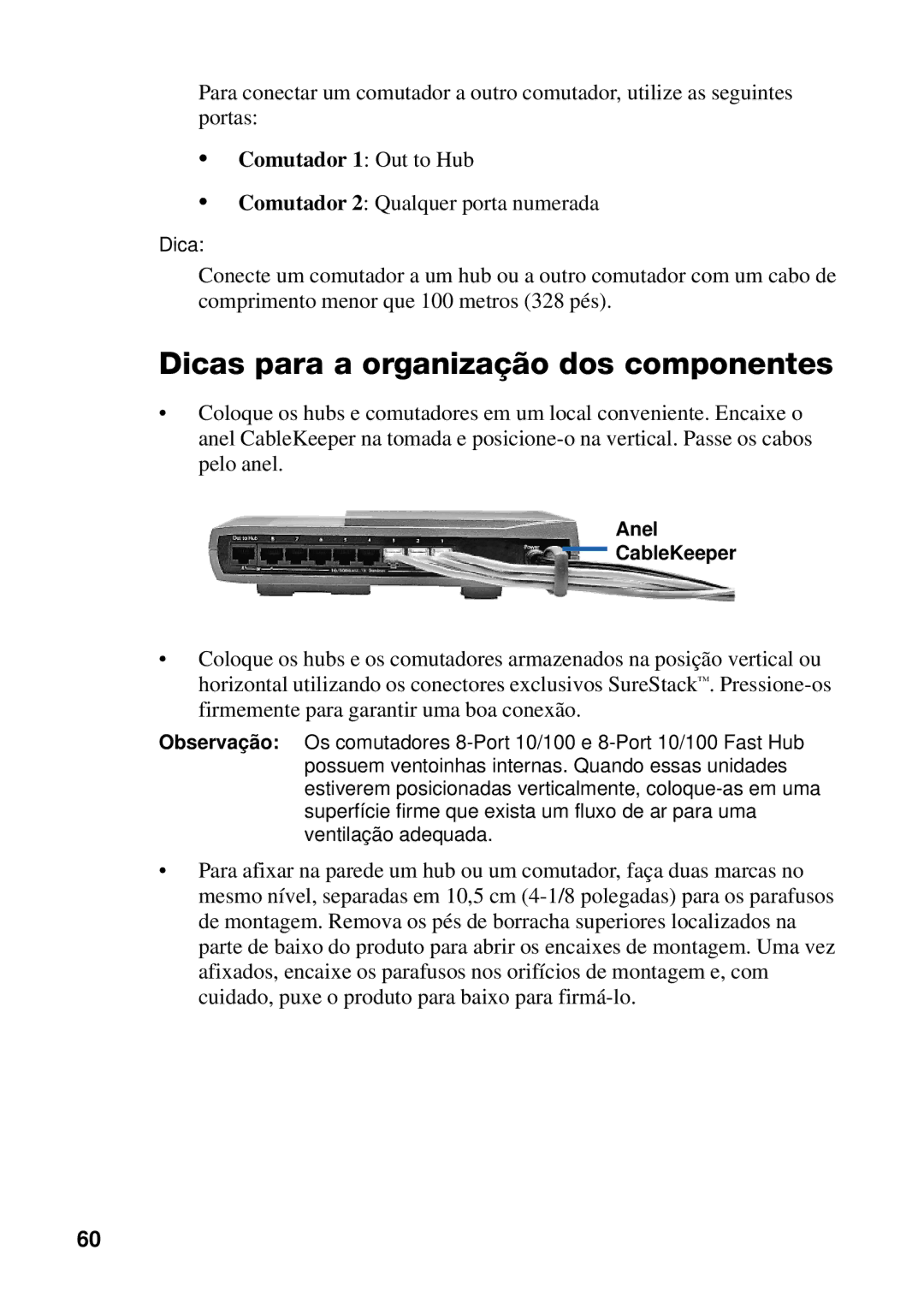Hubs and Switches specifications
Intel Hubs and Switches represent a pivotal advancement in the realm of networking and data communication. These components serve as the backbone of modern computer architectures, fostering efficient data transfer, enhanced performance, and reduced latency.At the core of Intel’s networking solutions, Intel Hubs, particularly the Hub Architecture, were designed to streamline the intercommunication between the CPU, memory, and input/output devices. The introduction of the Hub Architecture allowed for a more organized data flow, which in turn minimized congestion and optimized the overall processing speed of a system. Unlike conventional architectures that rely heavily on a centralized bus system for communication, the hub approach utilizes multiple pathways, significantly improving bandwidth utilization.
Intel's chipset designs, particularly those featuring the Northbridge and Southbridge architecture, are critical in understanding how Hubs function. The Northbridge connects to high-speed components such as the CPU and RAM, while the Southbridge manages lower-speed peripheral buses, like USB and SATA. This distinction ensures that high-priority data can be processed without bottlenecking the overall communication system.
Switches, on the other hand, play a vital role in managing network traffic within local area networks (LANs). These devices are designed to receive, process, and forward data to the appropriate destination, thereby enhancing network efficiency. Intel’s switching technology leverages high-speed packet switching, which allows for faster data transmission rates and improves overall network performance.
Notable features of Intel Hubs and Switches include support for advanced protocols such as Ethernet, allowing for compatibility across a vast array of devices and networks. Furthermore, Intel’s commitment to energy efficiency is evident in their designs, which contribute to reduced power consumption without sacrificing performance.
The integration of technologies such as Intel QuickAssist and Intel Data Center Bridging provides additional advantages, enabling faster data processing and improved storage capabilities. Furthermore, advancements in security features, including encryption and authentication protocols, ensure that data remains secure as it traverses through Intel Hubs and Switches.
In summary, Intel Hubs and Switches are indispensable components in modern computing and networking systems. Their innovative architectures and technologies contribute to enhanced performance, security, and efficiency, positioning Intel at the forefront of the networking domain and facilitating the growing demands of data-driven applications. As technologies continue to evolve, Intel remains committed to delivering leading-edge solutions that meet the ever-changing landscape of connectivity and communication.

